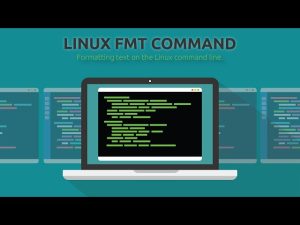Introduction:
Linux is an open source operating system known for its robustness, security and flexibility. It enables everything from smartphones to servers, making it a valuable skill for IT professionals. In this blog post, we explore the journey to mastering Linux, from basic understanding of the command line to becoming proficient in system management tasks.
Understanding the Command Line (CLI):
The command-line interface (CLI) is a powerful gateway to Linux. Here, users interact with the system by typing commands rather than relying solely on graphical user interfaces (GUIs). We will examine important commands such as ls, cd, mkdir, rm, and touch, laying the groundwork for further research.
Accessing the file system:
Linux organizes its file system in a hierarchical structure, with directories (folders) containing other files and directories. We’ll learn to navigate this structure more closely with commands like cd (change directory) and ls (list directory contents), gaining a deeper understanding of file paths and ownership along the way
File changes and use cases:
File manipulation and information processing are major tasks in Linux. We’ll look for commands like cp (copy), mv (move), rm (remove), and grep (search), which allow us to create, move, rename, and delete files. Additionally, we will delve into scripting tools such as sed and awk, which allow us to extract textual data and process it more efficiently.
User and Group management:
Linux is a multiuser operating system, which allows multiple users to interact with the system at the same time. We will learn how to create, modify, and delete user accounts using commands such as user add, user mod, and user del. Also, we will explore group management, understand how to assign users to groups and configure permissions accordingly.
System Monitoring and Performance:
System administration involves monitoring and optimizing the performance of the system to ensure its proper operation. We’ll dive into tools like top, vmstat, and iostat, which provide insight into CPU, memory, disk, and network usage. By analyzing process metrics, we can better identify and address operational challenges.
Package management:
Linux distributions use package management systems to install, update, and remove software packages. We will explore package managers such as apt (used in Debian-based distributions) and yum (used in Red Hat-based distributions), as well as master commands for package installation, update, removal, and dependency resolution.
File System Management:
File system management includes tasks such as disk partitioning, file system formatting, and mounting storage devices. We will learn how to use tools like fdisk and parted to partition disks, mkfs, etc. to create file systems, and mount storage devices on specific mount points.
Network configuration and problems:
Communication is central to system management, enabling communication between devices and services. We will explore commands such as ip, ifconfig, and netstat to configure network connections, troubleshoot connections, and better analyze network traffic.
Conclusion:
Mastering Linux from command line to system administration is a journey that enables IT professionals to gain valuable skills and knowledge. Understanding the basics of the command-line interface, navigating the file system, managing files and information, managing users and groups, managing system performance, managing packages, managing packages, managing file systems so, and setting up a network, can turn Linux enthusiasts into competent system administrators Managing effectively . Through ongoing education and practice, Linux City’s expertise opens the door to exciting career opportunities in the rapidly growing field of IT.

